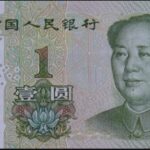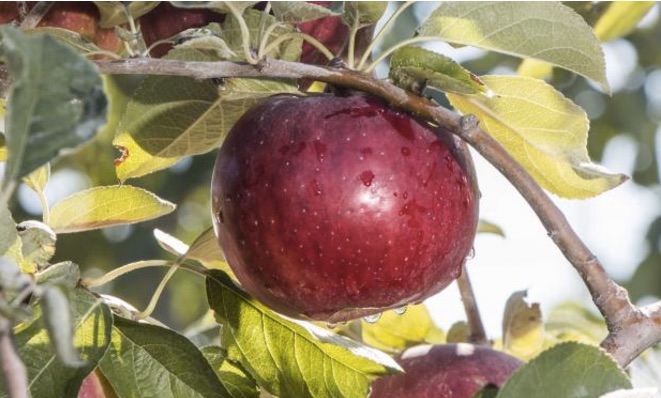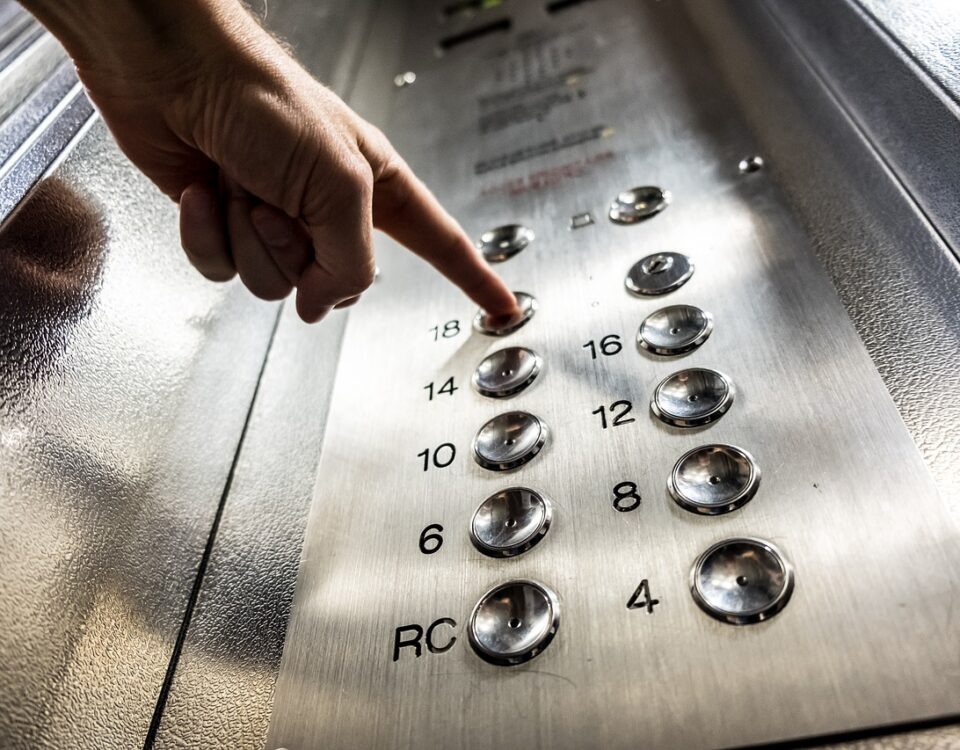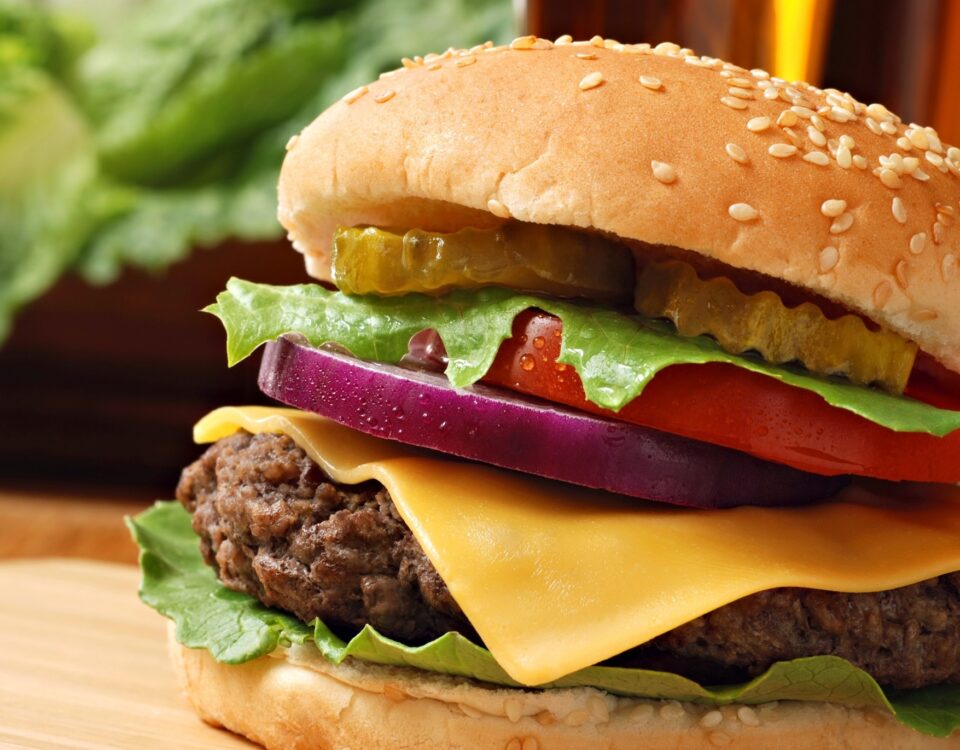
Enlightening Measures of China’s Growth
May 3, 2017
Questions About the Global Gender Gap
May 5, 2017While many of us are waiting for Apple’s iPhone 8, I am equally excited about the new WA 38 apple. The story of the WA 38 is about the decline of one apple and the quest to replace it.
An Apple Patent
Our story starts in 1997 with the person who developed the Cosmic Crisp.
Bruce Barritt had been mixing and matching pollen and blossoms to create tastier varieties of apples for Washington’s apple industry. As he describes it, the trees produced a multitude of different apples. There were, “..some green ones, some yellow ones, some red ones. Some little ones, some big ones…”
But one tree stood out. Its WA 38 apple was sweet and acidic. It had the perfect crackle and created a sensory overload that differentiated it from the others. That tree became the mother of all clones for the Cosmic Crisp.
Limited to Washington state growers, five million boxes of the Cosmic Crisp will go national in 2019. As their first ever massive launch of a new apple, farmers hope to offset the decline of the Red Delicious.
Our Bottom Line: Monopolistic Competition
Traditionally a product of perfect competition, the apple had many growers who created identical fruit. As a result, the market determined the price.
Knowing that product differentiation would increase their market power, the growers sought to develop and brand new varieties. It would let them move to the right on the competitive market structure continuum towards monopolistic competition.

Moving to the right, firms increase their size and pricing power. Meanwhile market entry and exit become increasingly difficult.
So, when looking at the Cosmic Crisp, we should think of the new competitive market structure that apple R&D created. For the fruit and the phone, producers want more market power.
My sources and more: Driving home today, I learned about the Cosmic Crisp from an NPR report. For similar stories, econlife looked at the Honeycrisp and marijuana. But if you just want to read about the Cosmic Crisp, these are the facts.
![econlifelogotrademarkedwebsitelogo[1]](/wp-content/uploads/2024/05/econlifelogotrademarkedwebsitelogo1.png#100878)





